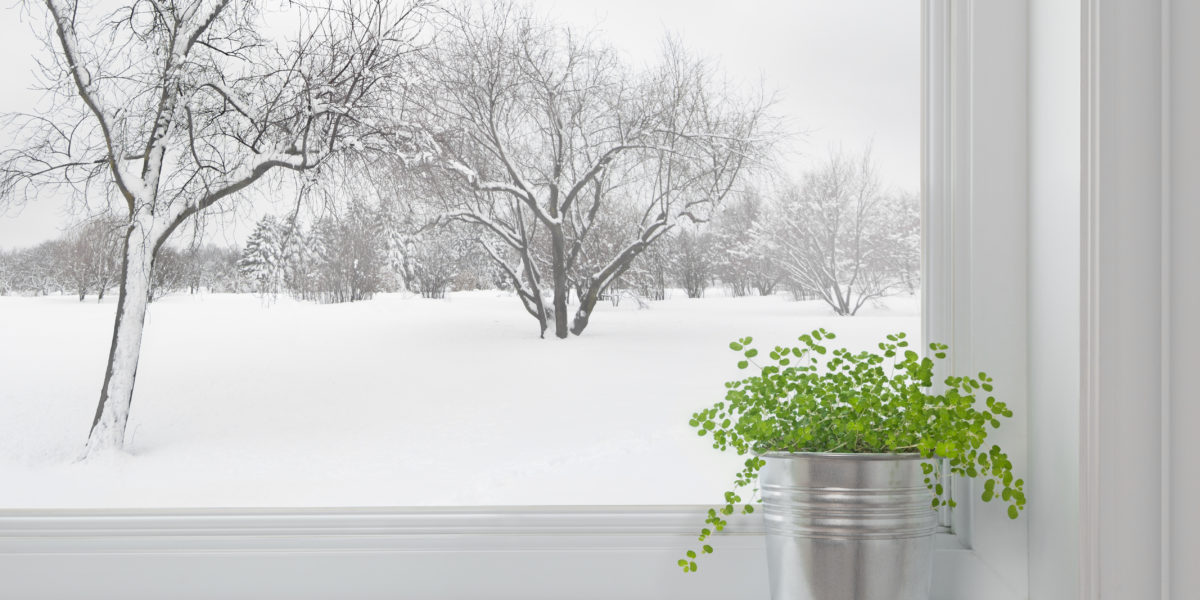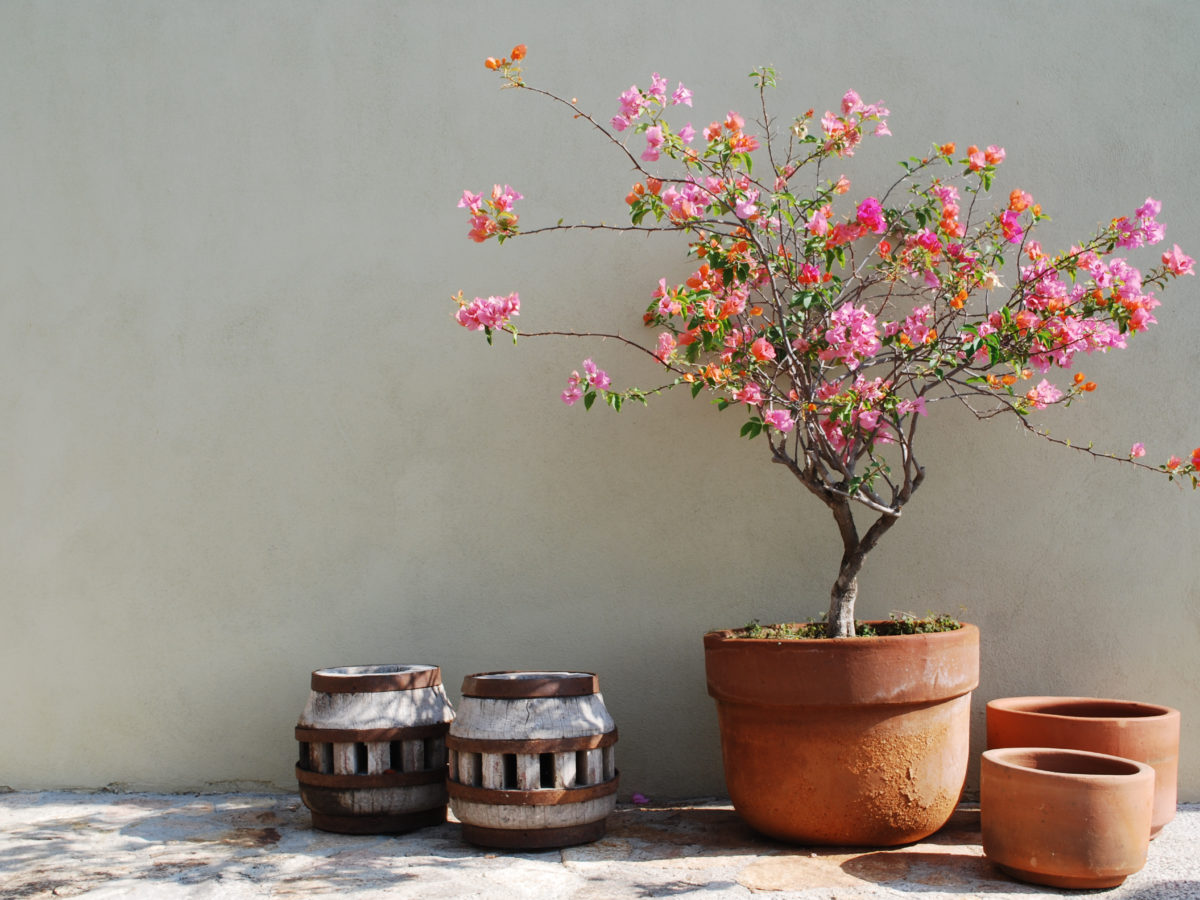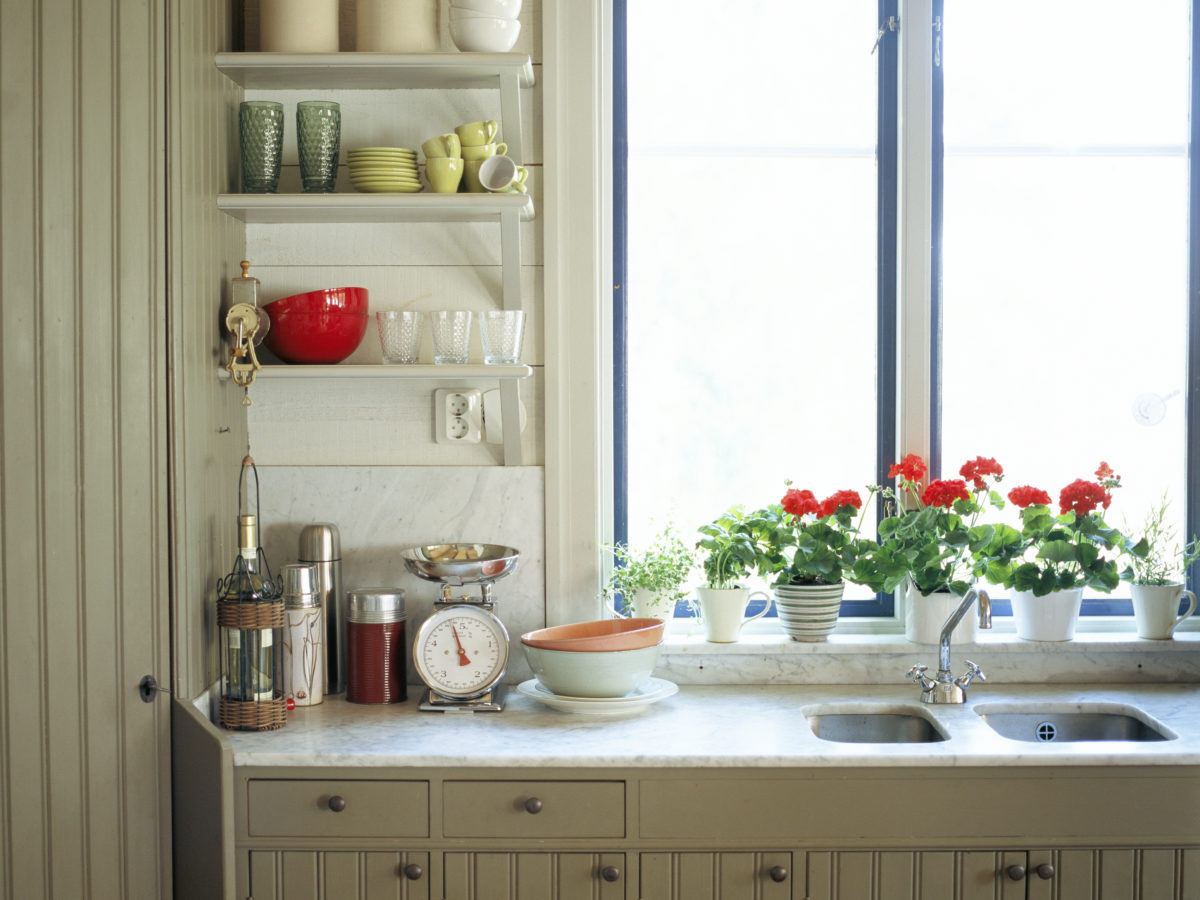
Give Your Tender Garden Plants an Indoor Winter Staycation
Be a houseplant foster home by overwintering plants indoors.

Photo by Studio Light and Shade
For many of us denizens of the West, the first frost is the time when we bid adieu to those tender annuals that provided quick spots of color or lush foliage. But we don’t have to say goodbye! Overwintering plants indoors doesn’t mean digging up tubers or storing things in roots cellars—plenty of containers can be brought inside to keep as houseplants until warmer days return. Here are a few tips for giving them a winter staycation at your pad.
How-to Tips

Photo by Lore Patterson / EyeEm via Getty Images
Watch out for Unwanted Hitchhikers
First thing’s first: inspect your plants before bringing them in. Just because bugs were living the good life outdoors doesn’t mean you have to let those little jerks hang out on your overwintering plants indoors. Pests are best treated before plants even come inside. Just put the plants in the bathtub and give them a nice shower, then gently wipe the leaves dry with a soft cloth. Most houseplant pests hate soap and water, so if you want to be really fastidious, feel free to give plants a little shampoo job with insecticidal soap and an application of neem oil.
Take Some Cuttings

Photo by Mint Images / Helen Norman via Getty Images
If your plant was already looking a bit haggard toward the end of the growing season, it might be best to either cut it way back or just harvest some cuttings off it and toss the rest of the plant into the compost. You can root them with some root hormone and pot them in compost, or if they’re on the large side (like Brugmansia), just plop into a bucket of water and wait. Adding some crushed aspirin to the water will help them root, then you can pot them up and care for them like normal until the spring. Plus, this way you end up with lots of plants where you originally only had one!
To Prevent Shock, Make a Slow Transition
Plants don’t like abrupt shift in temperature and light. For the best results in overwintering plants indoors, you’ll ideally move them to an unheated garage (near a window or with a light) for a few days to help them acclimate before moving them to the comparatively dry, warm interior of your home. Don’t be surprised if the plant still drops some leaves, though! And the same goes for the reverse-transition back to life out on these streets: Harden them off with trips outside when the weather warms back up, gradually exposing them to the cooler temps and brighter light until they’re strong enough to face the harsh realities of life outdoors.
Cut Them Back

Photo by ronstik / Getty Images
It takes a little bit of extra work, but some plants are just worth it. For annuals that were planted directly in the ground, you’ll have to dig them up and pot them in fresh soil, then cut them back by about a third. This is especially true for woodier plants like fuchsia and geraniums (Pelargonium). If you’re up for it, you can root some of the trimmings as cuttings (as outlined above).
Treat Them Like Regular Houseplants
This might not seem intuitive, but take begonias, for example; plenty of begonias are obligate houseplants anyway, so feel free to bring your outdoor tuberous and wax begonias inside until spring. Overwintering these plants indoors will require no more effort than caring for any other begonia, and this goes for many other plants. Once you have your overwintering plants safely indoors, you can treat them like pretty much any other houseplant: give them plenty of light, water them more sparingly (just once the top inch of soil dries out), watch out for bugs, and hold off on feeding until spring, when the first new growth emerges.
Plants That Will Thank You for It

Photo by Annika Vennerus / Getty Images
Not all plants require special care to make it indoors over the winter; if they’re already potted, some plants can just come right inside. And some plants can handle the cold but just can’t stand the rain (one time I lost a very nice agave because it snowed and turned the poor dear to mush). Plenty of annuals can easily be overwintered indoors, including these:
- Begonias
- Geraniums
- Angel’s Trumpets and Devil’s Trumpets
- Fuchsia
- Sweet Potato Vine
- Lantana
- Bougainvillea
- Gardenia
- Caladiums
- Colocasia and Alocasia (though some of these will prefer a dormancy period)
- Hibiscus
